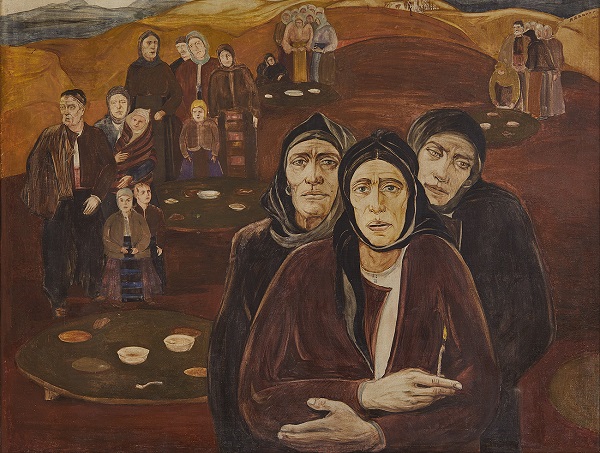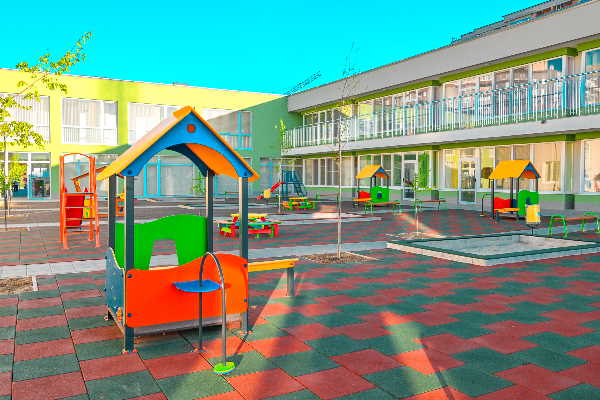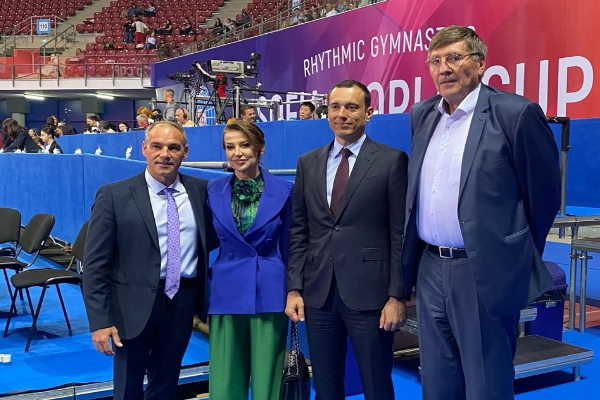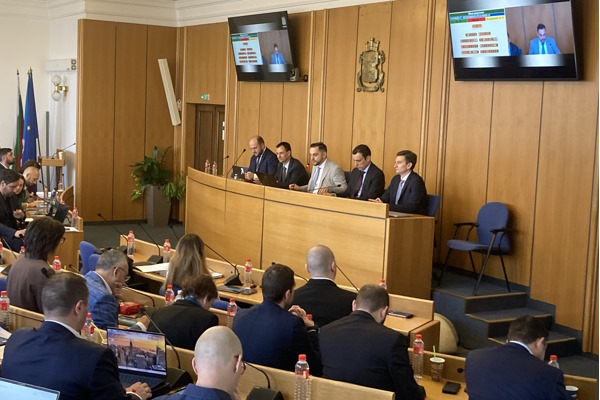News
Back „PENCHO GEORGIEV. BETWEEN THEATRE AND LIFE“
„PENCHO GEORGIEV. BETWEEN THEATRE AND LIFE“
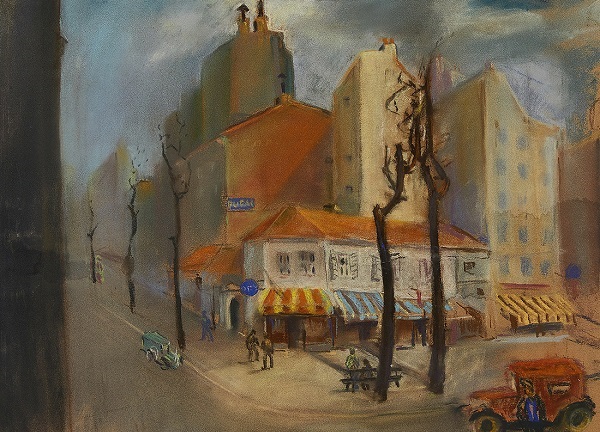
Аround Paris, 1931
The exhibition is organised on the occasion of the 120th anniversary of the birth of the artist Pencho Gergiev, whose name remains unknown to the younger generations. Having started his creative career in the 1920s, together with artists such as Ivn Milev, Ivan Penkov, Iliya Beshkov, Vasil Stoilov, Ivan Nenov, etc., he is also linked with modernism in Bulgarian art through the Society of New Artists. His tragic fate did not allow him to fully develop his artistic talent. Despite his early death in 1940 in the lift shaft of the National Theatre, Pencho Georgiev left a considerable artistic heritage. Almost 80 years have passed since the posthumous exhibition in 1941, organised by the Society of New Artists, and less than half of the significant number of paintings exhibited at the time (nearly 400 works, selected among 1,200 – paintings, graphics, theatrical projects and costumes) have reached us The exhibition presents the majority of the artist’s preserved works – over 150. Also included are seven stage projects from the Albert Richard Mohr collection, which are in storage today at the Johann Christian Senckenberg university library in Frankfurt. The exhibition displays early works from the artist’s student years at the Academy of Arts (1920-1925), graphics and paintings from the time he spent in Paris (1929-1932), drawings and illustrations, as well as stage projects and photographs from different productions. Between Theatre, for which he put all his heart into his job, and Life, the way he depicted it in his works, Pencho Georgiev’s work went through different stages. From the plots involving grieving women with “sad eyes”, through the song of the blind gadulka player and the street harmonist singing the praise of the dirty job of the ploughman and the docker, to the exploits of the clerics and the National Revival heroes. The day-to-day farming work, the numerous images of families and mothers, funeral rituals of the rural areas, difficulties of the life in the city, homeless tramps, street musicians, unemployed and underprivileged people, noisy cabarets and harmonists filled the works of the artist. He painted them with both love and sadness. At the heart of his creative interest remained theatre. In it, he saw the fulfilling opportunity to combine the skills gained in graphics and painting with the magic of the stage, participating actively in the technical implementation of the props. From the smallest sketch, through the actor’s costume to the most complex technical detail, Pencho Georgiev sought the full re-creation of the stage effects, in synchronicity with the dramaturgy and the director’s concept. For his relatively short creative career – from 1925 to 1940, he carried out impressive scenography work.
He prepared over 20 productions of the National Theatre in Sofia and the Sofia National Opera, and within just two years – from 1926 to 1928, he developed over 40 scenic designs for the Rousse Municipal Theatre.
The exhibition is realised in partnership with: Archives State Agency, National Gallery, Regional History Museum – Vratsa and with the support of: Museum Collection of the National Academy of Art – Sofia, Dimitar Dobrotich City Art Gallery – Sliven, University Library Johann Christian Senckenberg - Frankfurt, Svetlin Roussev Donative Exhibition, Pleven, Stanislav Dospevski Art Gallery – Pazardzhik, Sofia Opera and Ballet`s Archive, Ivan Vazov National Theatre`s Archive, Private collections The documentary Pencho Georgiev, 1981, directed by Petko Konstantinov, scriptwriter Alexander Beshkov, can also be seen as part of the exhibition courtesy of the Archive Collection of BNT. A catalogue in Bulgarian and English is provided as well.
Ploughman, 1930 – 1931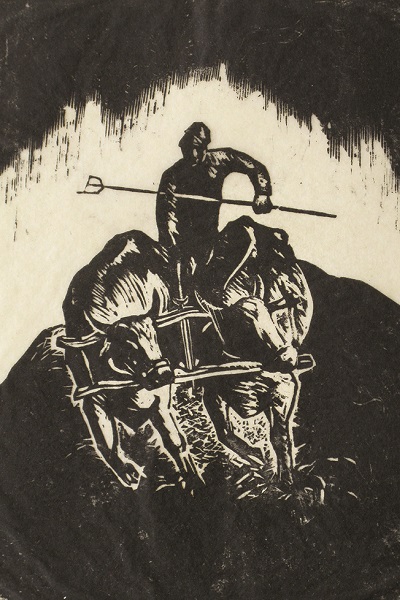
Saturday of Souls (Sad Eyes) 1928
